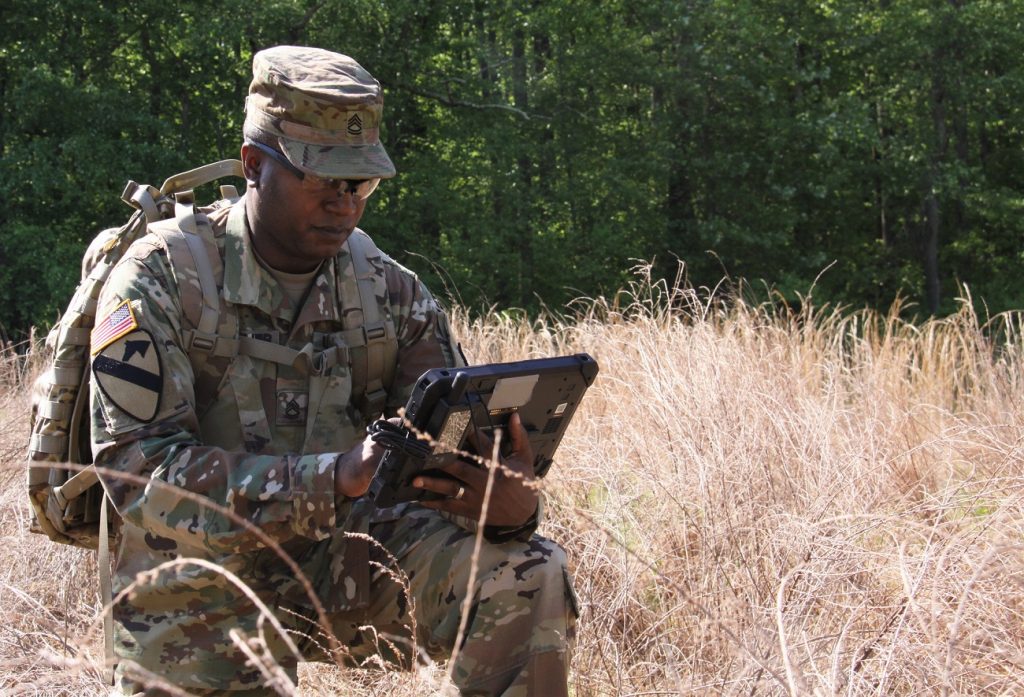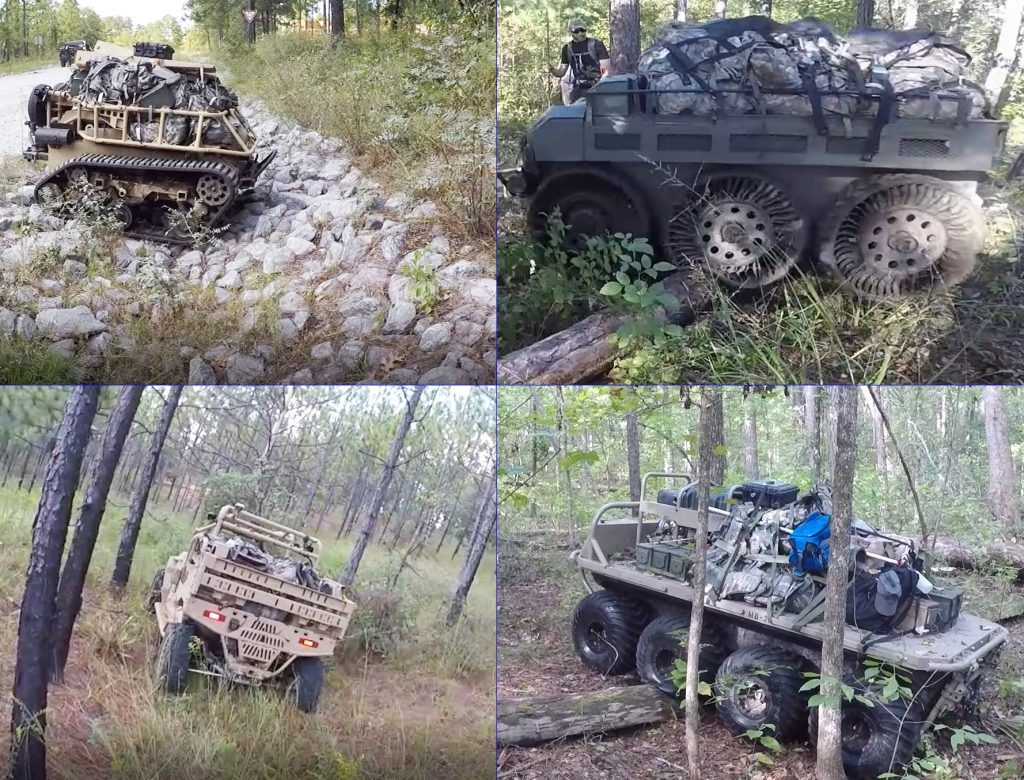
By Dr. Bruce D. Jette, Army Acquisition Executive
Army acquisition has an opportunity to make its voices heard at this critical juncture.
A recruiting commercial for the U.S. Army encourages young viewers to “join the team that makes a difference.” It says that “our next mission could be anything, so we prepare for everything.” (You can view the commercial at https://www.ispot.tv/ad/w8ZT/us-army-prepare-for-everything# or https://www.youtube.com/watch?v=ovYhA26jK4Q)
When I saw the spot, my thoughts turned to our unique and solemn responsibility, as leaders in Army acquisition, logistics and technology, of acquiring and providing the right materiel solutions to our Soldiers so they are always ready for any mission. They depend on us to get it right. Throughout the history of the Army Acquisition Corps and larger Army Acquisition Workforce, when given a set of requirements, we executed the acquisition function. If the requirements were overly ambitious, there likely would have been problems with cost, schedule and performance that hindered overall program success.
Now, as the Army’s cross-functional teams and the Army Futures Command come online, we have a seat at the table to help generate aggressive yet viable requirements before executing them. If something doesn’t look right from an acquisition perspective, we have the responsibility to make our voices heard.

Sgt. 1st Class Edvar Chevalier, senior enlisted adviser to the U.S. Army Communications-Electronics Research, Development and Engineering Center (CERDEC), works on the latest prototype of Expeditionary Joint Battle Command – Platform at Aberdeen Proving Ground, Maryland, in May. Through prototyping and experimentation, the Army is exploring how it can improve Joint Battle Command – Platform (JBC-P), its critical friendly force tracking system. Units have requested the capability to take JBC-P features outside their mounted platforms. (Photo by Dan Lafontaine, Program Executive Office for Command, Control and Communications – Tactical)
A SOLID FOUNDATION
We have an important role in modernizing our materiel capabilities to ensure continued near-term dominance while building the Army of the future, guaranteeing that it is on a solid foundation.
We must create an environment in which teaming, agility and rapid user feedback are integrated early to improve the decision-making process and overall program success. Close and continued collaboration with the cross-functional teams as well as our stakeholders in industry will be critically important in delivering capabilities to Soldiers—fast.
It is important at the early stages to include discussion of intellectual property (IP) and to negotiate prices for necessary technical data to support Army weapon systems. Not only will we need the ability to upgrade our programs of record, but sustainers will need the ability to maintain and fix components on the fly. We need to know what IP we need and what we do not. I will provide a separate article addressing just this in a coming issue.

The Army is considering four vehicles in a competition to fill the role of the Squad Multipurpose Equipment Transport, to transport 1,000 pounds of gear that Soldiers now carry, and thus increase the Soldier’s operational agility. Competition is a goal in itself for Army acquisition, to reduce costs and broaden access to innovative technologies. Clockwise from upper left are the RS2-H1 system developed by Howe and Howe Technologies Inc., HDT Global’s Hunter WOLF, the Multi-Utility Tactical Transport of General Dynamics Land Systems and the MRZR X system from Polaris Industries Inc., Applied Research Associates Inc. and Neya Systems LLC. (U.S. Army photos)
DECISION-MAKING AND COMPETITION
Along these lines, we are empowering and trusting subordinates to do what is best for the Army. Senior leaders must set the example by allowing their staff members to do their jobs, to make decisions, to manage risk and to execute at the lowest possible level.
This requires good leaders to be good mentors who outline acceptable and unacceptable risk, then patiently grow subordinates. If you find there are ways to accelerate a program, let leadership know. If you find policies that are cumbersome or don’t make sense, tell someone so we can correct them.
To increase competition, decrease costs and gain access to innovative technologies, we are seeking to leverage the talent of small, aggressive companies with revolutionary approaches to the challenges we face. Private sector innovation, especially from nontraditional sources, is critical to the Army’s future. In testimony to Congress on two occasions, I stated that there are about 5,000 government contractors but about 23 million corporations in the United States. We must make it attractive to do business with us. At the assistant secretary of the Army for acquisition, logistics and technology, we are working to develop new outreach programs like a “Shark Tank” as a catalyst for the Army to engage with the nontraditional business sector, and to create mechanisms that greatly simplify the process for a small business doing their first business with us.
In line with the experimentation theme of this edition of Army AL&T, through our cross-functional teams, we are using technical experimentation and demonstrations, in conjunction with increased engagement with industry and commercial sector partners, to inform prototype development and reduce the requirements process.
Prototyping and experimentation not only provide faster solutions to fulfill operational needs, but also serve to inform by helping us obtain Soldier feedback earlier in the development cycle. The bottom line is speed in getting needed capabilities to Soldiers with a well-thought-out experimentation plan. Speed without valuable output is a waste of time and money. A negative result can be very useful if answering a planned thesis.
In the National Defense Authorization Act for Fiscal Year 2016, Congress provided authority for the Department of Defense to use alternative processes to foster innovation, including establishing a “middle tier” of acquisition programs to rapidly prototype and field programs within two to five years. With this authority, there is significant flexibility compared with the Joint Capabilities Integration and Development System process and “DOD Instruction 5000.02, Operation of the Defense Acquisition System.” Rapid prototyping can lead to rapid acquisition. Let’s take advantage of this authority wherever possible.
A well-planned other transaction authority can facilitate this transition. We are also exploring other innovative contracting methodologies such as cost-plus, fixed-price incentive fee, and other options, including the right contracting mix for the work we are trying to accomplish. It is important to know contracting and your contracting officer well. It is, ultimately, the program manager’s responsibility.

Jette, center, and Lt. Col. Joseph Novak, left, receive a briefing from Nathaniel Klein, right, of Army Benét Laboratories about product improvements for cannon systems on May 8 at Watervliet Arsenal, New York. Novak is with the Program Executive Office for Ground Combat Systems. (Photo by John Snyder, Watervliet Arsenal)
CONCLUSION
A ready and modernized Army is critical to defend the nation. We must continue to improve our acquisition process, and for that we will continue to depend on our people—the Army’s greatest asset.
My objective is to empower and enable our workforce professionals to think differently and act appropriately to ensure that our organizations, policies, processes, and tasks that consume time, money and manpower deliver real value.
This article will be published in the July – September 2018 issue of Army AL&T magazine.
Subscribe to Army AL&T News, the premier online news source for the Acquisition, Logistics, and Technology (AL&T) Workforce.







